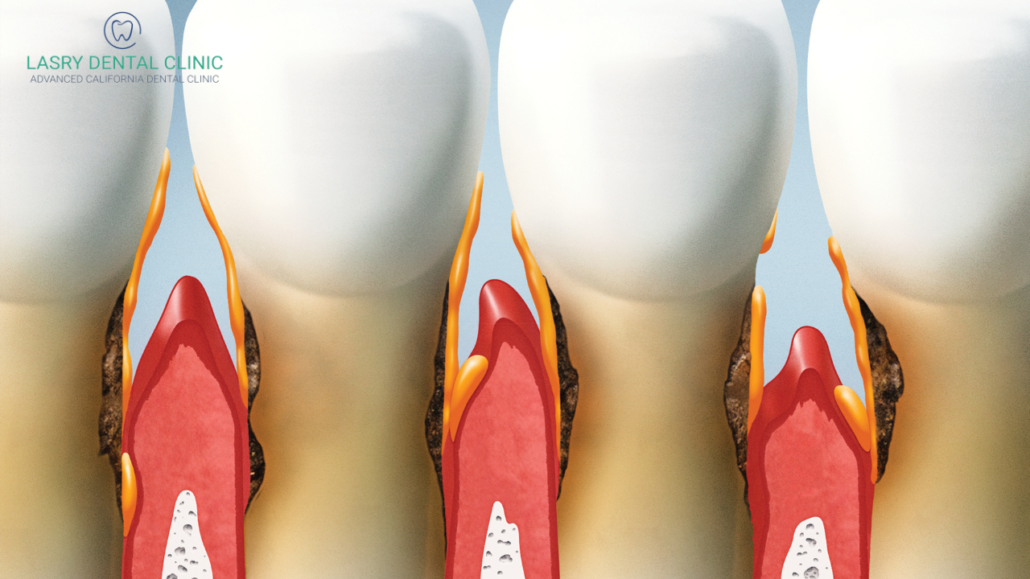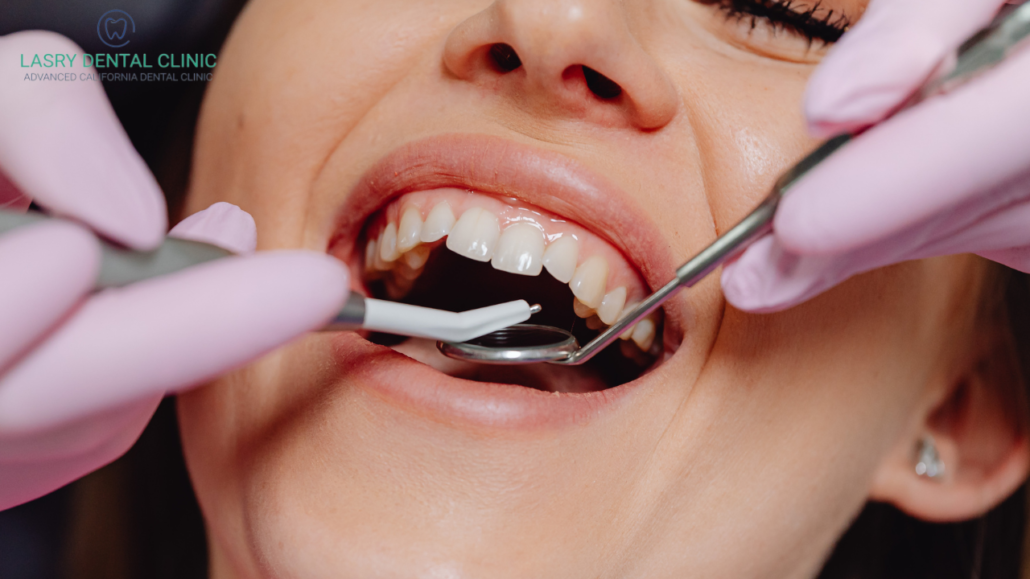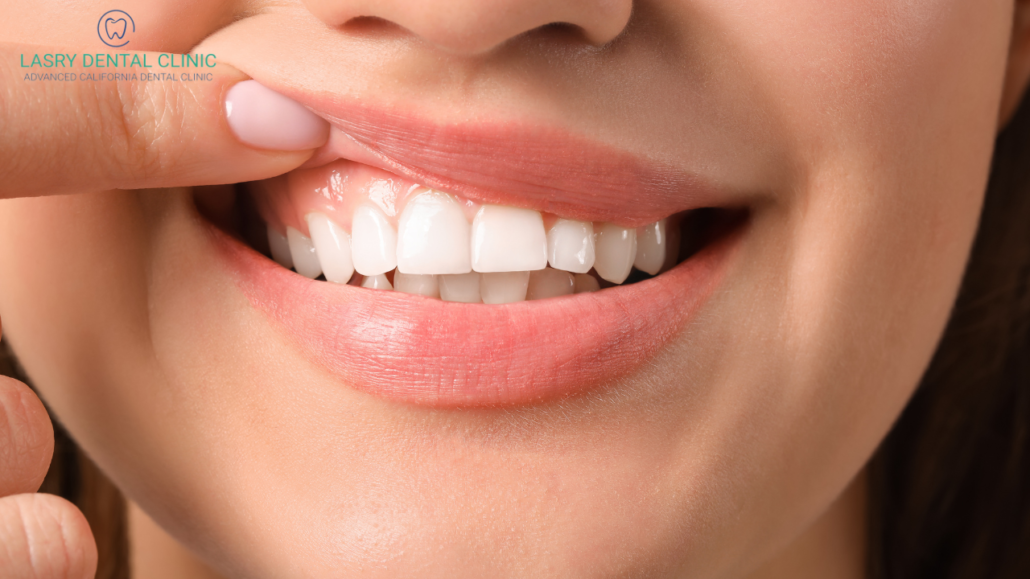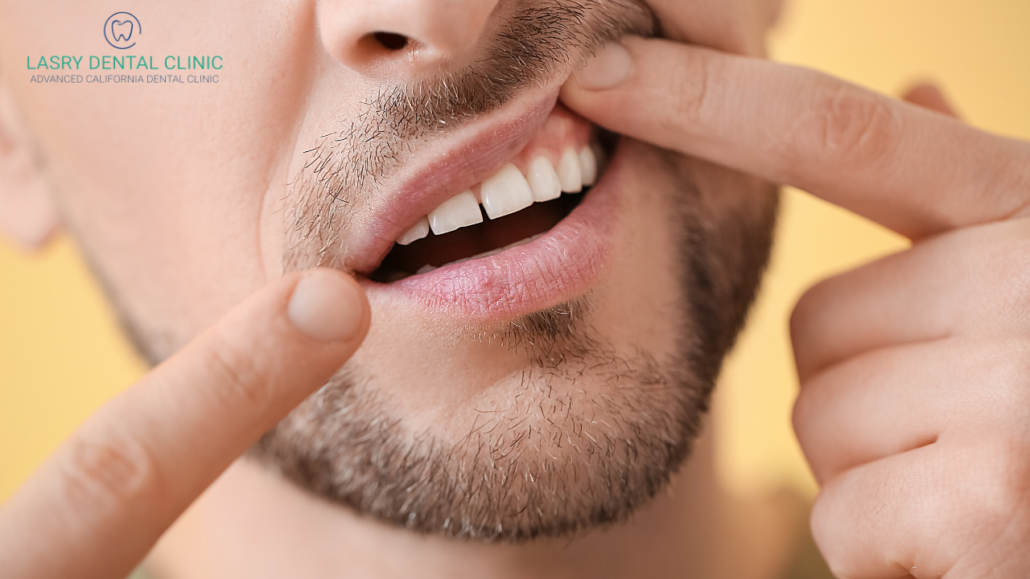Gum Graft Surgery Cost, Procedure, and Recovery Timeline
If you have gum disease, it may be difficult to keep your teeth clean — which could lead to cavities, tooth decay, and even tooth loss. Thankfully, dentists offer procedures like a gum graft to actually help reverse these problems!
You may have heard it called gum flap surgery or tissue flap surgery. The procedure involves removing some of your healthy gum tissue, then using it to replace the diseased or damaged tissue. The new tissue heals in place, helping to reattach it firmly so bacteria can’t get underneath it again.
It should be noted that gum grafts are not always successful. They may fail if the patient doesn’t follow post-operative instructions carefully or if an infection develops during healing.
Your dentist will discuss these risks with you before surgery so that you know what to expect if complications arise after the procedure.
RELATED: THE BEST ORAL HYGIENE ROUTINE FOR SELF-CARE ENTHUSIASTS
What is Gum Graft Surgery and Who Needs It?
Gum grafting restores the health of your gums and your smile through a non-invasive surgery. The procedure involves removing a healthy portion of gum tissue from one area of the mouth and replacing it with healthy gum tissue from another location.
Gum grafts are used to treat several conditions, including:
- Receding gums: In this condition, the gums separate from the teeth. As they continue receding, your teeth become more visible. Gum recession is often caused by periodontal disease, tooth trauma, and excessive tooth brushing or flossing.
- Diastema: This is when you have a gap between two teeth. Typically, diastema results from a gap left when an adult tooth fails to erupt or erupts prematurely (eruptive diastema). Diastemas may also be present at birth. You may also simply need a gum graft to replace missing gums after tooth extraction.
- Periodontal disease: The first stage of this disease is gingivitis. It affects the tissues that support your teeth and can result in the loss of bone around your teeth (bone resorption). It’s important to treat periodontal disease early because it can lead to tooth loss if it isn’t treated correctly.
RELATED: HOW TO BRUSH YOUR TEETH PROPERLY
What To Expect from a Gum Graft Procedure
A gum graft procedure is usually carried out under local anesthetic. However, it may be performed under a general anesthetic if you’re nervous.
Usually, the gum tissue is taken from the roof of the mouth and placed onto the site where it has receded.
The procedure is performed by a dentist or periodontist and typically requires two visits. The first visit includes a consultation and assessment of your oral health. Any necessary x-rays may be taken during this time to ensure no other problems besides receding gums.
The second visit will include an anesthesia procedure and grafting of the tissue.
Here’s what you can expect on the day of your gum graft surgery:
Step 1: Numbing
Your mouth will be numb during the procedure so that you won’t feel any pain.
Step 2: Incision
Two incisions will be made on either side of the affected area during the procedure.
Step 3: Removal
Your dentist will remove some tissue from underneath your gum line and attach it to where it was removed with dissolvable stitches or surgical glue. This transplanted tissue will help stimulate growth and healing in the area where it was placed.
Afterward, there may be some swelling, soreness, and/or bleeding for a few days. However, these side effects should subside within a week or two after treatment. You may also experience some sensitivity to cold temperatures and/or spicy foods during this time.
Types of Gum Grafts
There are two main types of gum graft surgery: full-mouth reconstructive surgery and partial gum reconstruction.
In full-mouth reconstructive surgery, all of your teeth are treated at once. Partial gum reconstruction involves treating only some of your teeth at a time. Full-mouth reconstructive surgery is more common because it’s easier to treat multiple teeth simultaneously than just one tooth at a time.
RELATED: WHAT IS A FULL MOUTH RECONSTRUCTION?
Gum Graft Healing Stages
Gum grafts are generally performed in two stages. The first stage is called the “prep” phase and involves removing a small amount of tissue from the site where the gum graft will be placed. This tissue is then used to create an artificial blood supply for the gums by planting it into the flap on the tooth’s root surface.
The second stage is called “recovery,” which may last several months. During this period, your grafted tissue will need to heal and form a strong bond with your jawbone. This allows your new gums to remain attached even after they have fully grown in place.
During both stages, it is essential to avoid making any sudden movements or chewing on hard foods until you have healed completely.
The healing process after a gum graft is gradual and may take several weeks to complete. The time it takes to heal will depend on many factors, including the amount of tissue removed from the donor site, how well you follow your post-operative instructions, and whether or not you have a complication requiring treatment.
Here’s what your gum graft recovery timeline looks like:
Day 1
The first 24 hours after surgery, your mouth will be swollen and tender. Your gums themselves may feel swollen, tender, and bruised. You may have slight bleeding from the site of the incision. The skin around your gums will be red and puffy, but this will also subside with time.
Day 2
Swelling will continue to go down, but you may still have some discomfort. The swelling may also begin to go down in your face and neck. You can expect some soreness around the eyes and cheeks.
Day 3
Swelling should continue to go down, but it may be more painful than it was on day 2. The gum graft site will appear darker than the surrounding tissue, and some scabbing may occur.
Day 4
Most of the swelling should be gone, but it may take up to one week before all signs of swelling are gone completely. A small amount of bruising is expected, along with some tenderness around your mouth, cheeks, and chin area.
Day 5
You should see a noticeable improvement in your appearance at this point. There may still be some slight discoloration remaining at this time due to the continued healing process. This can last up until one month after your surgery has taken place (or longer).
Day 6-14
This is when most of your healing should take place. You can resume eating normally after Day 14. Your stitches will dissolve on their own within 7-10 days, so you don’t need to see a dentist during this period.
However, call your dentist’s office immediately if you notice any redness or swelling in addition to bleeding or drainage from your wound.
RELATED: HOW MUCH DOES IT COST TO GO TO THE DENTIST WITHOUT INSURANCE?
Gum Graft Cost
The cost for gum grafts varies from dentist to dentist and patient to patient. The cost of gum grafts will depend on several factors, including:
- The extent of gum recession
- The number of teeth involved in the procedure
- Whether you have dental insurance coverage or not
- Where you live
Gum grafts cost $1,000 – $3,000. The average cost for a gum graft in California is also $1,000 – $3,000. You should expect to pay at least $1.780 for a gum graft procedure.








Leave a Reply
Want to join the discussion?Feel free to contribute!